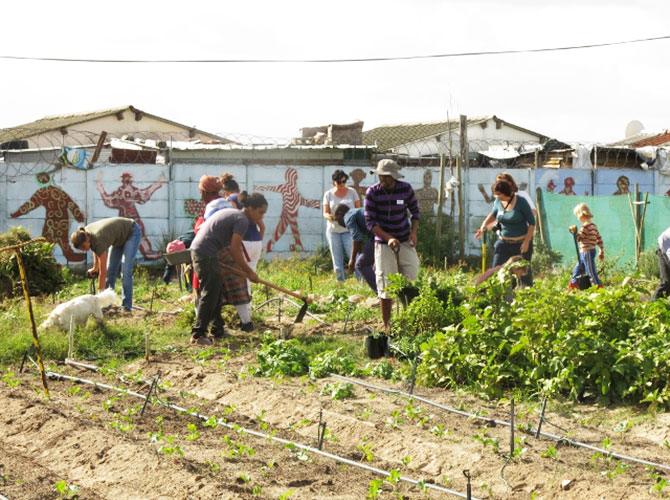
by Zoë Poulsen - Cape Town Botanist | May 9, 2016 | Cape Floristic Region, Cape Peninsula, Ethnobotany, Fynbos, Indigenous Foods, Research
It is well known that growing your own food is one of the greatest moves that we can make towards eating truly green and sustainably. It cuts the food miles and puts people in control of their own diet destiny in a world where often some of the most ‘sustainable’ and ‘ethical’ large scale supermarket brands still contain ingredients sprayed with vast numbers of chemicals and shipped across the globe, generating a huge carbon footprint. Many people have taken the initiative in the face of these challenges and gardens and allotments brim with lovingly tended carrots and cabbage destined for local dinner tables.
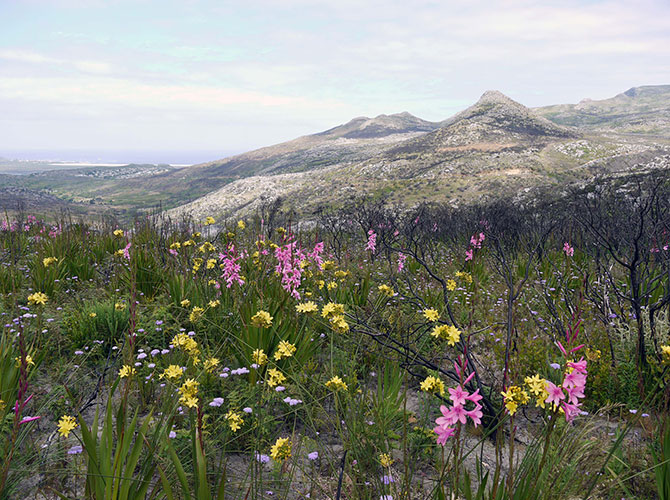
by Zoë Poulsen - Cape Town Botanist | Apr 14, 2016 | Cape Floristic Region, Cape Peninsula, Conservation, Ecology, Fire, Fynbos, Geophytes, Hiking, Mountains, Orchids, Plant Profiles, Research, Table Mountain
In March 2015 the Peninsula burnt. The biggest veld fire since 2000 raged across Table Mountain National Park. People lost homes and businesses. Bees Marais, one of the country’s top helicopter rescue pilots, tragically lost his life in the line of duty while fighting fire at Cape Point. The blaze and the acrid smoke cloyed the air all over Cape Town, turning the sky scarlet and orange as the sun went down each day.
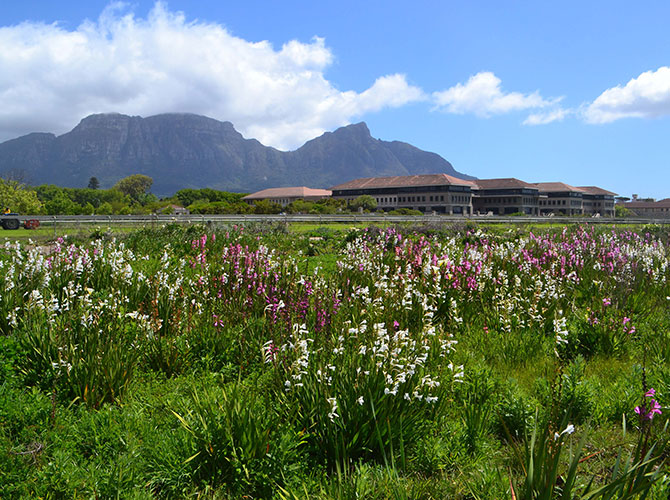
by Zoë Poulsen - Cape Town Botanist | Nov 29, 2015 | Cape Flats Sand Fynbos, Cape Floristic Region, Cape Peninsula, Conservation, Ecology, Endangered Species, Fire, Fynbos, Geophytes, Landscape History
The City of Cape Town is one of South Africa’s largest urban areas. It is also one of the country’s greatest conservation challenges. The Cape Peninsula, at the south-western tip of the African continent, on which Cape Town has been built happens to be one of the world’s biodiversity hotspots. The Peninsula is home to a total of 2285 plant species, of which 7% are endemic and therefore occur nowhere else on earth.
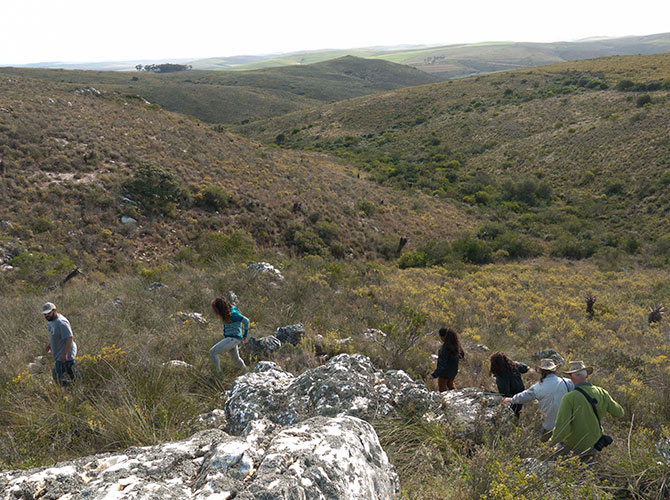
by Zoë Poulsen - Cape Town Botanist | May 1, 2015 | Cape Floristic Region, Conservation, Ecology, Endangered Species, Fire, Geophytes, Renosterveld, Research
Renosterveld is also part of South Africa’s Fynbos Biome and the CFR. However, it is notably different from Fynbos vegetation in several ways. Firstly in contrast to fynbos it occurs on relatively fertile soils, predominantly derived from shales although can also occur on silcretes and other lithologies. Members of the three dominant plant families in fynbos: the Restionaceae, Proteaceae and Ericaceae are mainly absent and instead renosterveld is dominated by shrubs predominantly from the Asteraceae family as well as various C3 grasses and C4 grasses.
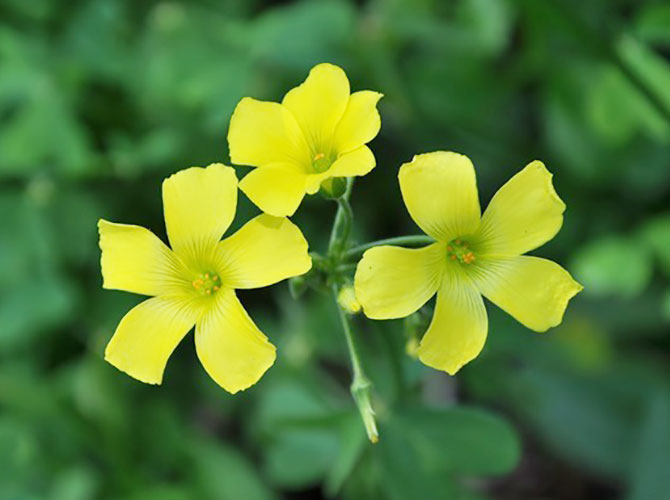
by Zoë Poulsen - Cape Town Botanist | Apr 10, 2015 | Botanic Gardens, Cape Floristic Region, Cape Peninsula, Endangered Species, Ethnobotany, Fynbos, Indigenous Foods, Kirstenbosch
The Kirstenbosch Plant Fair is a long held tradition and this year heralds the 40th one held since its relatively humble beginnings. Dirk Muller, Chairman of the Kirstenbosch Branch of BotSoc, recalls attending the first plant fair in 1975 which saw eager members queuing up at 6:30am in the morning prior to the opening and by 11am every plant on sale had marched out the door in the hands of inspired and enthused growers.

by Zoë Poulsen - Cape Town Botanist | Mar 3, 2015 | Cape Floristic Region, Cape Peninsula, Conservation, Ecology, Fire, Fynbos, Geophytes, Mountains, Table Mountain
In the Mother City the mountains are ablaze. It is late summer. Four days ago the fire started in Farmer Peck’s Valley adjacent to the seaside suburb of Muizenberg, known for its surf and sharks. Sitting here at home it is 42°C and the sound of helicopters are a constant background alongside the low hum of the city of Cape Town going about its daily business. The fire spread quickly and gained strength owing to strong southeaster winds typical of Cape summer weather grounding helicopter crews and leaving ground-based fire teams to fight the blaze.






